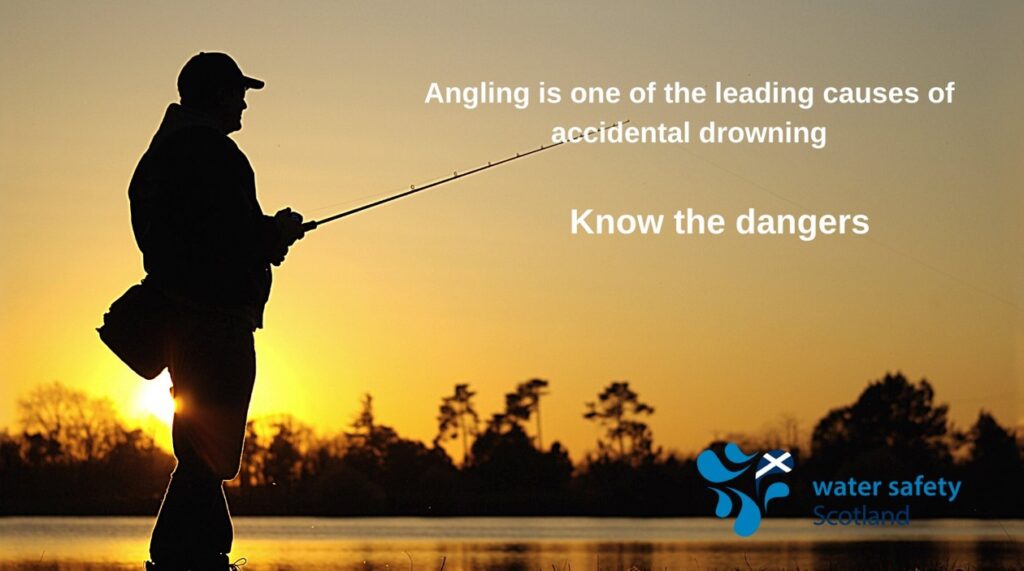
Angling
Boasting 22 lochs and 39 miles of coastline around three sea lochs, Loch Lomond & The Trossachs National Park offers excellent opportunities for all types of fishing.
Always make sure that you have a permit or other required permissions before beginning to fish. Fishing permits are available from a wide range of outlets such as newsagents and fishing tackle shops. You can find information on permits and suppliers here.
This guide has been produced to help you fish responsibly, providing important information on angling law, safety, conservation and camping as well as general fishing etiquette. More comprehensive details of these can found at: www.legislation.gov.uk
Angling law
The rules for angling vary depending on location. These rules will be outlined in your fishing permit and should be followed at all times. They are in place to protect the rich habitats of our rivers and the fish that live in them.
Salmon and sea trout
- When fishing for salmon and sea trout you must always have legal right or written permission.
- Kelts (salmon that have spawned) or fish that are ready to spawn must always be returned to the water.
- Anglers fishing for salmon or trout should only use one rod which must be held in the hand. The exception to this is trolling from a boat, when up to four rods may be used at one time.
Brown trout
Anglers should get the permission of the riparian owner before fishing for brown trout. In areas covered by Protection Orders, it is an offence to fish without legal right or written permission.
Coarse fish
You should get permission from the riparian owner before fishing. Coarse anglers may use up to four rods per person which can be placed on rod rests. Never use live vertebrates as bait. This, as well as fishing for European eel and powan is illegal.
- When fishing for salmon and sea trout you must always have legal right or written permission
- Kelts and coloured fish (salmon that have/or are about to spawn) must be returned
- Salmon and sea trout may only be fished for with one handheld rod or four boat trolled rods
Conservation
- Respect local catch limits. Many rivers now operate mandatory catch and release policies for salmon.
- Use barbless hooks for catch and release fishing. This makes returning a fish much easier and less harmful.
- When returning a fish, ensure that handling of it is kept to a minimum.
- Do not move fish or other aquatic organisms from one water to another. This can spread disease and invasive non-native species.
- Always make sure fishing tackle is thoroughly disinfected and waders and nets are thoroughly dried out between trips.
- Respect sensitive wildlife and follow advice on any signage where you are fishing.
Safety

- Always wear an appropriate life jacket when out in a boat or wading in rivers.
- Wear eye protection to guard against stray hooks.
- Never stand in a boat and take care when moving around a boat.
- Avoid excessive consumption of alcohol when fishing or before you fish.
- Check the weather forecast and take appropriate protective clothing.
- Look out for overhead power lines and take shelter during thunderstorms. Fishing rods conduct electricity – which can be fatal.
Good hygiene
It is important that you avoid spreading diseases, parasites and introducing non native species between water bodies by:
- Not moving fish or other aquatic organisms between waters
- Disinfect and dry out tackle and clothing between trips
Respect for others
- Show respect to other anglers and recreational users
- Allow canoes and kayaks to pass without obstruction
- Never leave litter or discard line or hooks
- Always follow the Scottish Outdoor Access Code.
Camping
If you like to fish and camp, you may be affected by the camping byelaws which came into effect on 1st March 2017 to protect some of the most cherished lochshores within the National Park. They are in place between March and September, camping outside of this time is not affected. Find out more here.
Stop the spread
Every time you leave any body of water (in or outside of the National Park), please follow the national ‘Check, Clean, Dry’ guidance:
- Check your equipment and clothing for living organisms. Pay particular attention to damp or hard to inspect areas.
- Clean and wash all equipment, footwear and clothes thoroughly. If you do come across any organisms, leave them at the water body where you found them or on a hard surface to die out.
- Dry all equipment and clothing. Some species can live for many days in damp conditions.
Read the full Check, Clean and Dry guides for different water users.

